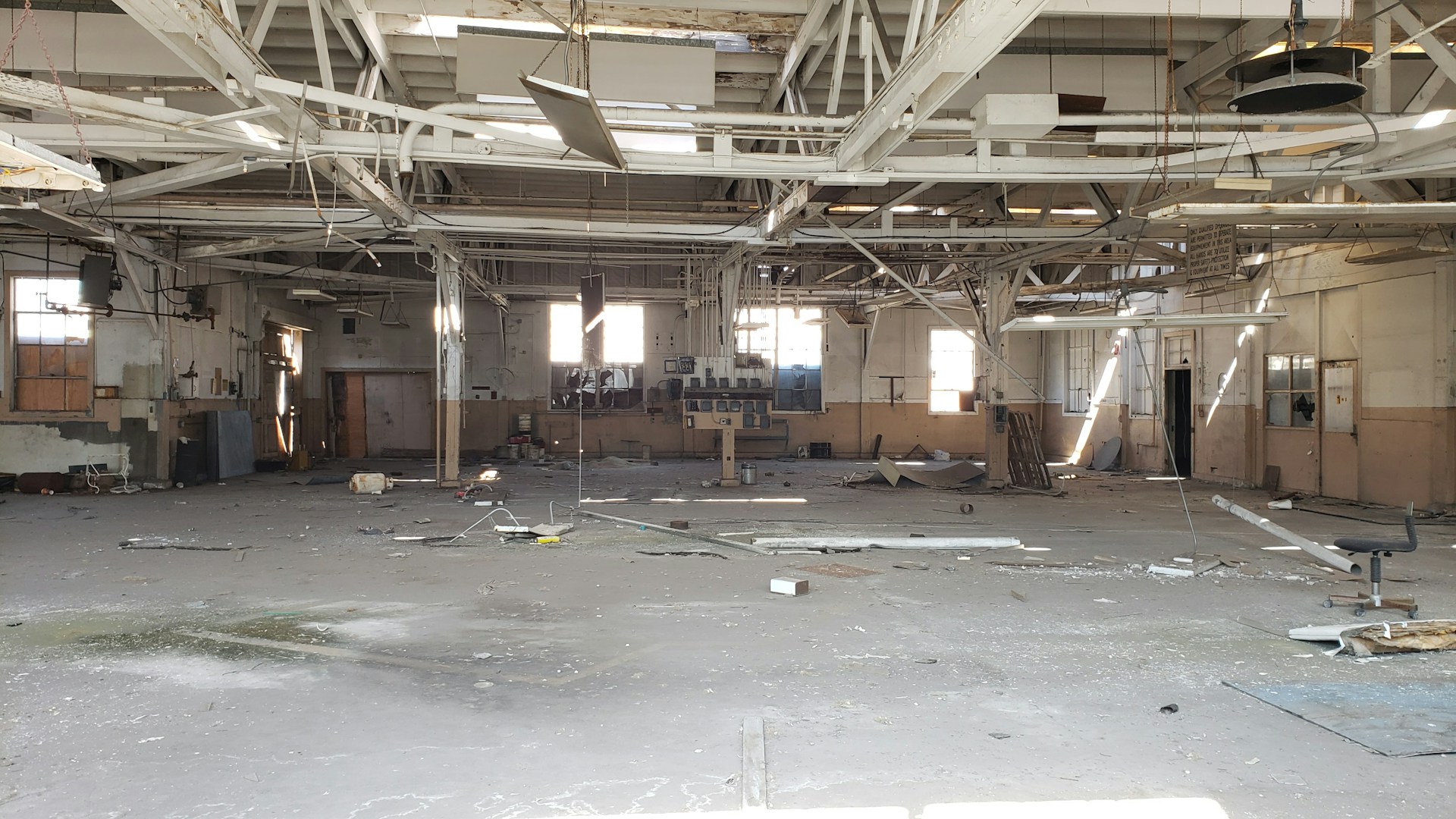
Discover essential insights into commercial disaster restoration and recovery. Learn how to navigate the restoration maze, understand key restoration processes, and master the steps for effective disaster recovery in your business.
Disasters can strike without warning, leaving behind a trail of devastation that affects businesses and communities alike. Whether it’s a fire, flood, storm, or any other catastrophe, the impact on commercial properties can be severe, leading to disruptions in operations, financial losses, and even the loss of livelihoods. In such challenging times, having a robust disaster restoration and recovery plan in place is crucial for businesses to bounce back swiftly and effectively.
This comprehensive guide delves into the essentials of commercial disaster restoration and recovery, equipping you with the knowledge to navigate these tumultuous situations with resilience and confidence.
Navigating the Restoration Maze
Finding the right building restoration service can be akin to navigating a maze of options, each promising expertise and excellence. The journey begins with thorough research, delving into the company’s reputation, experience, and track record of successful projects.
Look for certifications, licenses, and affiliations with industry organizations that validate their expertise and commitment to quality. When looking to find the right building restoration service, customer reviews and testimonials serve as guideposts, offering insights into the service provider’s reliability, communication, and satisfaction levels. A crucial aspect is transparency in pricing, scope of work, and timelines, ensuring alignment with your expectations and budget.
Engage in detailed consultations, asking pertinent questions about their restoration process, technologies, and warranties. Ultimately, trust your instincts and choose a partner who not only meets your criteria but also instills confidence in their ability to restore your building to its former glory.
Understanding Commercial Disaster Restoration
What Constitutes a Commercial Disaster?
A commercial disaster refers to any event or situation that causes significant damage or disruption to a business’s operations, property, or assets. These disasters can take various forms, including:
Natural Disasters: Such as hurricanes, earthquakes, floods, tornadoes, wildfires, and severe storms.
Man-Made Disasters: Including fires, chemical spills, structural failures, and industrial accidents.
Technological Disasters: Such as cyberattacks, power outages, equipment failures, and data breaches.
The Importance of Disaster Preparedness
Preparation is key to mitigating the impact of disasters on commercial properties. A robust disaster preparedness plan should encompass:
Risk Assessment: Identifying potential hazards and vulnerabilities specific to your business and location.
Emergency Response Plan: Establishing clear protocols for evacuations, communication, and emergency procedures.
Business Continuity Plan: Ensuring continuity of operations through backup systems, data recovery strategies, and alternative work arrangements.
Insurance Coverage: Reviewing and updating insurance policies to ensure adequate coverage for various types of disasters.
The Role of Disaster Restoration Professionals
In the aftermath of a commercial disaster, engaging experienced disaster restoration professionals is crucial. These professionals offer a range of services, including:
Damage Assessment: Conduct thorough inspections to assess the extent of damage to buildings, equipment, and infrastructure.
Restoration Services: Implementing strategies for cleaning, repairing, and restoring damaged property to pre-disaster conditions.
Mold Remediation: Addressing mold growth resulting from water damage to prevent health hazards and structural issues.
Content Restoration: Salvaging and restoring valuable assets, documents, and inventory affected by the disaster.
Environmental Remediation: Managing hazardous materials and ensuring compliance with environmental regulations during the restoration process.
Steps in Commercial Disaster Recovery
Immediate Response and Safety Measures
When a disaster strikes, the priority is ensuring the safety of employees, customers, and visitors. Immediate response measures include:
Evacuation and Safety Checks: Evacuating the premises safely and conducting safety checks to assess hazards.
Emergency Notifications: Alerting emergency services, employees, and relevant stakeholders about the situation.
Securing the Site: Securing the property to prevent further damage or unauthorized access.
Documentation: Documenting the damage through photographs, videos, and written reports for insurance claims and restoration purposes.
Insurance Claims and Financial Recovery
Navigating insurance claims and financial recovery is a critical aspect of commercial disaster recovery. Key steps include:
Contacting Insurers: Notifying insurance companies promptly and providing detailed documentation of the damage.
Claims Processing: Working closely with insurance adjusters to expedite claims processing and maximize coverage.
Financial Planning: Developing a financial recovery plan that addresses immediate expenses, loss of income, and long-term rebuilding costs.
Government Assistance: Exploring options for government assistance, grants, or loans available for disaster-affected businesses.
Restoration and Rebuilding Process
The restoration and rebuilding phase involves coordinated efforts to restore the property to its pre-disaster state. This includes:
Project Planning: Developing a comprehensive restoration plan with timelines, budgets, and resource allocation.
Structural Repairs: Conducting structural repairs, renovations, and rebuilding as per engineering and safety standards.
Equipment and Systems Restoration: Restoring damaged equipment, utilities, and systems to ensure operational functionality.
Interior and Exterior Improvements: Enhancing the aesthetics and functionality of commercial spaces through interior design, landscaping, and exterior renovations.
Compliance and Permits: Obtaining necessary permits, approvals, and compliance certifications for restored structures and systems.
Communication and Stakeholder Engagement
Effective communication and stakeholder engagement are vital throughout the recovery process. Key aspects include:
Internal Communication: Keeping employees informed about recovery progress, timelines, and expectations.
External Communication: Communicating with customers, suppliers, investors, and the community about the business’s recovery efforts.
Media Relations: Managing media inquiries, press releases, and public relations to convey accurate information and maintain transparency.
Community Engagement: Engaging with local authorities, community organizations, and stakeholders to garner support and collaboration.

Commercial disaster restoration and recovery encompass a multidimensional approach, from proactive preparedness to resilient recovery strategies. By understanding the dynamics of disasters, engaging with experienced professionals, and implementing best practices, businesses can navigate crises with resilience, safeguard assets, and emerge stronger in the face of adversity. Remember, preparedness today is the key to a resilient tomorrow.
Was this news helpful?







 Yes, great stuff!
Yes, great stuff! I’m not sure
I’m not sure No, doesn’t relate
No, doesn’t relate



